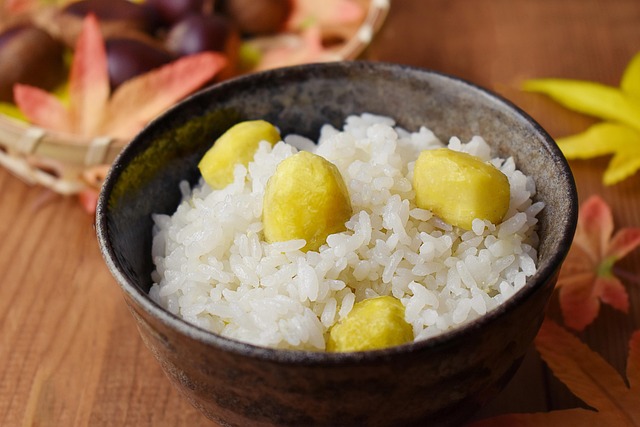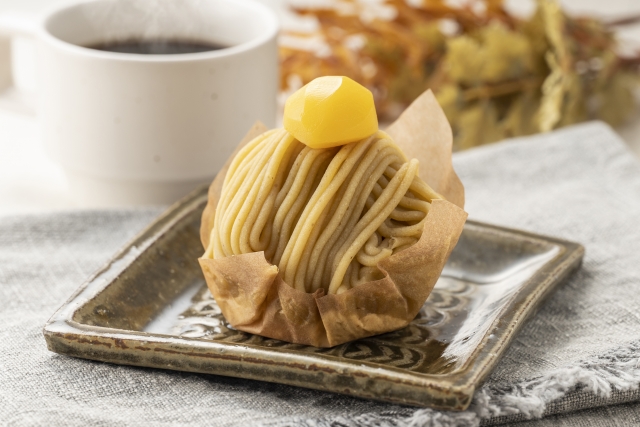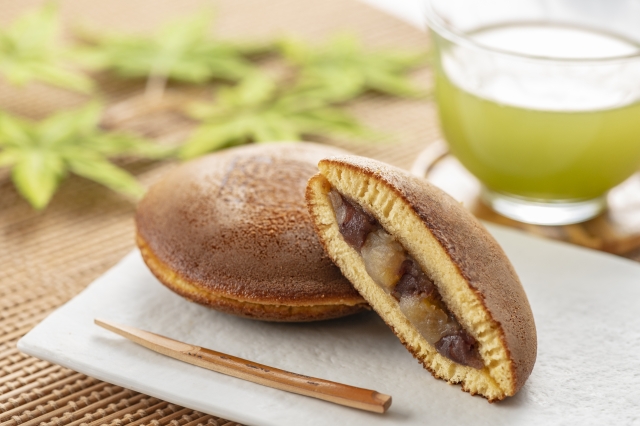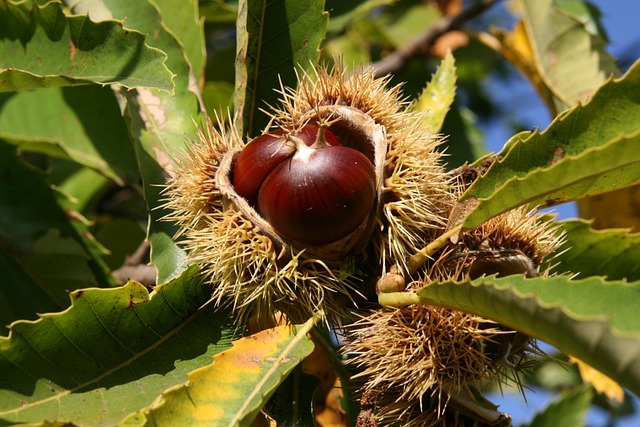When autumn arrives in Japan, the air becomes crisp, the leaves burst into shades of red and gold, and one of the season’s most beloved flavors makes its appearance: the chestnut, or kuri in Japanese. For centuries, chestnuts have held a special place in Japanese food culture, symbolizing prosperity, longevity, and the blessings of the harvest. More than just an ingredient, chestnuts are woven into daily life, traditional dishes, seasonal sweets, and even rituals, making them one of the most iconic tastes of autumn in Japan.
Historical and Cultural Significance
Chestnuts have been part of the Japanese diet for over two thousand years. Archaeological findings suggest that chestnuts were cultivated as early as the Jomon period, long before rice became a staple food. In times of poor harvests, chestnuts served as an important source of carbohydrates, often ground into flour or roasted to provide sustenance. Because of their role in survival, they came to be associated with endurance and good fortune.
In Japanese culture, chestnuts are often tied to themes of celebration and prosperity. They appear in osechi ryori, the traditional New Year’s cuisine, in the form of kuri kinton—sweet chestnuts mashed with golden sweet potatoes. The golden color symbolizes wealth and success, making it a meaningful dish to start the year. Similarly, chestnuts are offered during autumn festivals to express gratitude for the harvest.
Chestnuts in Everyday Cuisine

During autumn, chestnuts appear in a variety of savory dishes. One of the most beloved is kuri gohan, or chestnut rice. Steamed with seasonal chestnuts, dashi, and a hint of soy sauce, this dish is both simple and elegant, bringing out the nutty sweetness of the ingredient while highlighting the Japanese philosophy of seasonal eating, or shun.
Chestnuts are also simmered in soups, added to nimono (simmered vegetables), or paired with meats in regional specialties. In Kyoto, for example, chestnuts are sometimes used in refined kaiseki ryori, where they might be served grilled or wrapped in a delicate layer of kombu. These dishes showcase the chestnut not only as a comfort food but also as an ingredient of sophistication.
The World of Wagashi: Chestnut Sweets

Where chestnuts truly shine in Japan is in the world of sweets, or wagashi. Their natural sweetness and creamy texture make them a perfect partner for traditional Japanese confections.
- Kuri Manju: A small cake filled with chestnut paste, often served with green tea. Its mildly sweet flavor and soft texture are a favorite during autumn tea ceremonies.
- Kuri Yokan: A jelly-like dessert made from sweetened red bean paste and chestnuts. It balances the earthy flavor of beans with the richness of chestnuts.
- Kuri Kinton: Beyond its New Year’s symbolism, kuri kinton also appears in autumn, made with candied chestnuts mashed into a sweet paste. Smooth, golden, and delicately flavored, it is a popular wagashi in Kyoto and other traditional cities.
These sweets are often enjoyed during tsukimi, the autumn moon-viewing festival, where people gather to admire the full moon while savoring seasonal flavors. Chestnuts, with their round shape and golden hue, symbolize the moon itself, adding poetic beauty to the ritual.
Western-Inspired Chestnut Desserts in Japan

Japan is also famous for adapting Western desserts, and chestnuts have become the star of many of these creations. Perhaps the most famous is the Mont Blanc, a French-inspired dessert made with chestnut cream piped into delicate swirls over sponge cake or meringue. In Japan, Mont Blanc has taken on a life of its own, with countless variations available in patisseries and cafés across the country. Some are infused with matcha, others with rum or chocolate, making it a dessert that blends Western elegance with Japanese creativity.
Another popular adaptation is chestnut parfaits, often layered with ice cream, whipped cream, and candied chestnuts. Bakeries also offer kuri pies, cakes, and tarts, each highlighting the natural sweetness of chestnuts while pairing them with buttery pastry or rich creams. For travelers with a sweet tooth, autumn in Japan is the perfect time to indulge in these chestnut-based creations.
Seasonal Street Foods and Local Delights

No exploration of chestnuts in Japan would be complete without mentioning yaki-guri, or roasted chestnuts. Sold from stalls and specialty shops, these piping-hot chestnuts are cracked open and eaten on the spot, their smoky sweetness making them the ultimate comfort snack on chilly autumn days. Walking through a street lined with the aroma of roasted chestnuts is an experience that instantly evokes the spirit of fall.
Regional specialties also abound. In Nagano Prefecture, known for its chestnut production, you can find kuri okowa (sticky rice with chestnuts) and kuri dorayaki (pancakes filled with chestnut paste). The small town of Obuse is particularly famous for its chestnut sweets, with traditional shops offering recipes passed down for generations. Visiting Obuse is like stepping into a chestnut paradise, where nearly every café and confectioner has its own signature kuri dessert.
The Philosophy of Seasonality
What makes chestnuts so beloved in Japan is not only their taste but also their connection to seasonality. Japanese food culture is built on the appreciation of ingredients at their peak, and chestnuts epitomize this philosophy. They remind people of the fleeting beauty of autumn, just like the red leaves or the cool breeze. Eating chestnuts in Japan is more than nourishment; it is an act of celebrating time, nature, and tradition.
Final Thoughts
For travelers visiting Japan in autumn, experiencing the country’s chestnut culture is a must. From the comforting simplicity of chestnut rice to the refined elegance of wagashi and the indulgence of Mont Blanc cakes, chestnuts tell the story of Japan’s culinary creativity and its reverence for the seasons. Whether enjoyed at a tea house in Kyoto, from a street vendor in Tokyo, or in a rural town like Obuse, chestnuts embody the warmth, nostalgia, and richness of Japanese autumn.
Japan’s kuri is not just food—it is culture, history, and memory wrapped in a shell. And with every bite, you taste not only sweetness but also centuries of tradition.



comment